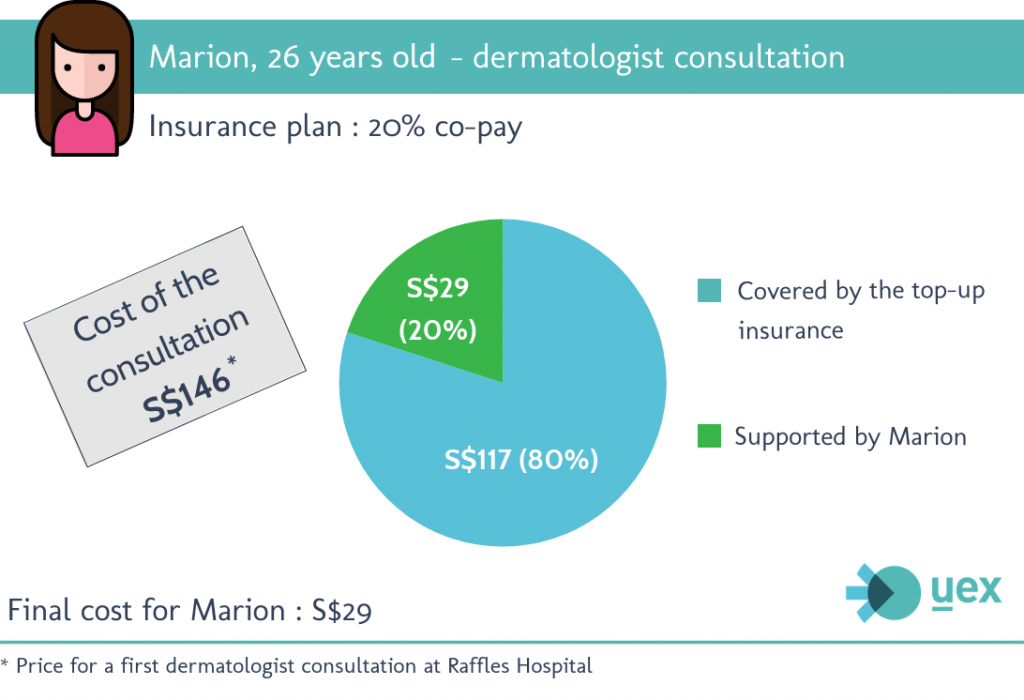Coinsurance The percentage of costs of a covered health care service you pay (20%, for example) after you've paid your deductible. Let's say your health insurance plan's allowed amount for an office visit is $100 and your coinsurance is 20%. If you've paid your deductible: You pay 20% of $100, or $20. A copay after deductible is a flat fee you pay for medical service as part of a cost-sharing relationship in which you and your health insurance provider must pay for your medical expenses. Deductibles, coinsurance, and copays are all examples of cost sharing.

Copay Before Deductible


$65 Copay After Deductible
Copays for High Deductible Health Plans (HDHPs) work a little different from other types of plans. Typically with HDHPs, employees must meet their deductible before the carrier will pay for any services other than preventative care.
This means that if you have an HDHP with a $3,000 deductible and a $20 copay for primary care, you may have to meet the entire deductible before the copay will apply. This is why HDHPs are often paired with HSAs - the pretax contributions help offset the $3,000 deductible amount that you'll pay out-of-pocket before your copay can apply.
